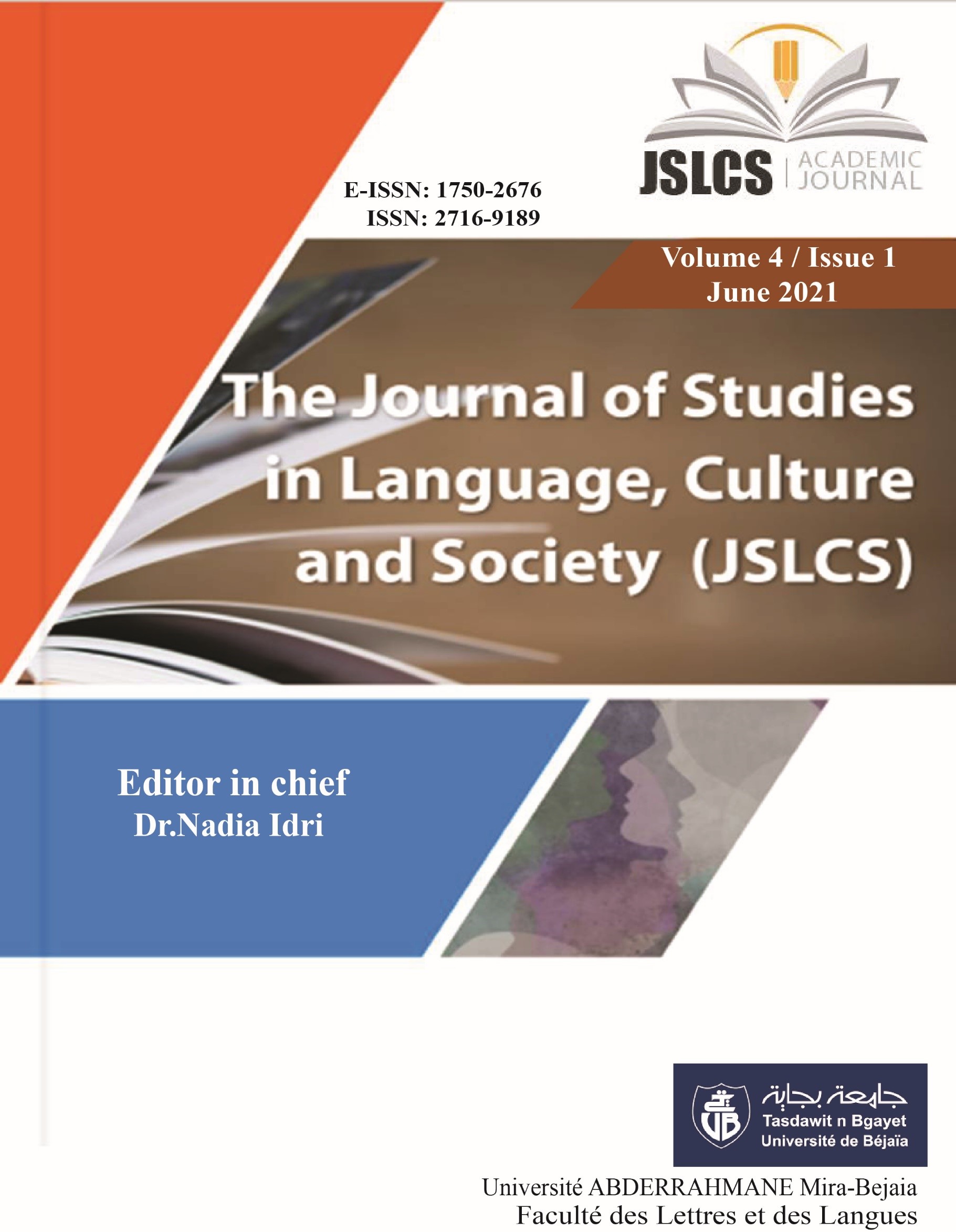Attitudes And Perspectives To Integration, Assimilation, And Multiculturallism In The U.s. In A New Era Of Immigration
Keywords:
Integration, assimilation, multiculturalism, new mainstream, newcomersAbstract
Immigrants' integration in the United States is a dynamic two-way process in which immigrants and the receiving country work together to build a vibrant, peaceful, and coherent society. Undergoing integration cannot happen without immigrants' intentional efforts as well as tolerance by the majority. As a reciprocal process, both immigrants and the welcoming country reap the shared benefits to enrich their backgrounds. The action of rubbing shoulders together will ease integration for immigrants and help to create a new mainstream that is greater than the sum of its parts. Although America welcomes immigrants and engages itself in a two-world combination, they refuse any menace that could violate traditional American values such as the English language, individualism, work ethic, discipline, and self-reliance. However, a successful integration for any immigrant does not guarantee a complete belonging to the mainstream. An immigrant can be naturalized and receive his citizenship, but not any immigrant can be melted with the social whole. Thus, assimilation is the eventual step for an immigrant to sound like an American. The gap between integration and assimilation is controversial to determine the level of similarity between minorities and the majority. Their experiences in the new American life and how long it takes for them to assimilate depends on different criteria. Americans believe that today, for newcomers, it is no longer the question: Where are you from? that matters. By contrast, America nowadays buys the idea that immigrants bring with them to benefit the US society. Yet the topic of integration and assimilation in the US is to a large extent a paradox because some immigrants integrate and assimilate faster than others. European immigrants, for instance, find the process easier than people of color. The matter that led some of the immigrants to support multiculturalism in which they believe it saves their lives to survive in a new country. In this regard, if the US seeks to assimilate immigrants to the mainstream then why does it absorb some category of immigrants and reject others? If these others do not find a place in assimilation and are not allowed to praise multiculturalism then where is their place in society? This point will be developed in the following part.
References
Alba, R. D., & Nee, V. (2003).Remaking the American mainstream: assimilation and contemporary immigration. Harvard University Press.
Alba, R., & Nee, V. (1997). Rethinking assimilation theory for a new era of immigration. International Migration Review, 31(4), 826-874.
Garcia, G. (2004).The new mainstream: how the multicultural consumer is transforming American business. Collins.
Gordon, M. M. (1964). Assimilation in American life: The role of race, religion, and national origins. Oxford University Press.
Healey, J. F., Stepnick, A., & O'Brien, P. E. (2018). Race, ethnicity, gender, and Class (8th ed). Sage Publication.
Huntington, S. P. (1996). The clash of civilization and the remaking of world order. Simon & Schuster.
Jacoby, T. (2004). Reinventing the melting pot: The new immigrants and what it means to be American. Basic Books.
Lalami, L. (2017). What does it take to assimilate in America? The New York Times. https://www.nytimes.com/2017/08/01/magazine/what-does-it-take-to-assimilate-in-america-html
Marger, M. N. (2012). Race and ethnic relations: American and global perspectives. Belmont, CA: Wadsworth/Cengage Learning.
Parrillo, V. N. (2009). Diversity in America. Thousand Oaks, Calif: Pine Forge Press.
Powell, A. (2015). Measuring assimilation: Study led by Harvard sociologist explores immigrants life in U.S. The Harvard Gazette. https://www.news.harvard.edu/gazette/story/2015/09/measuring-assimilation/
Tamir, C. (2021) The growing diversity of black America report. Pew Research Center, March, Washington, DC. https://www.pewresearch.org/social-trends/2021/03/25/the-growing-diversity-of-blackamerica/
Tancredo, T. G. (2006). In mortal danger:The mortal danger: the battle for America's border and security. WND Books.








